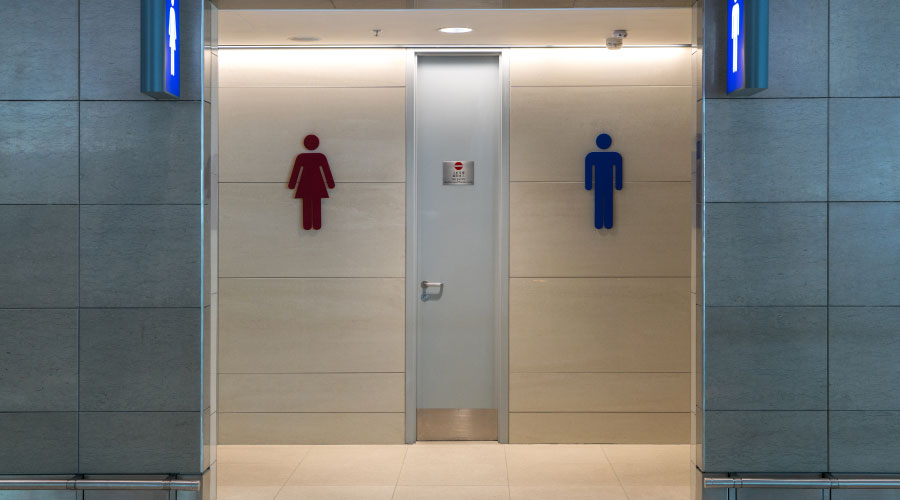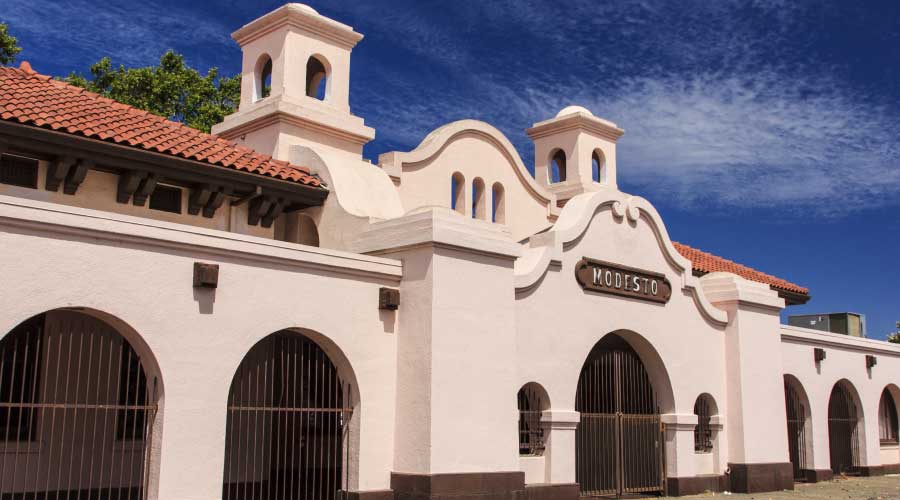Drain Cleaning: Key Questions During Specification
Specifying the most appropriate piece of drain-cleaning equipment for any given institutional or commercial facility requires managers to gather key pieces of information.
Marty Silverman, vice president of marketing for General Pipe Cleaners, says managers need to know the kinds of clogs technicians deal with regularly, whether the problem is grease, tree roots, paper, or other materials. This information is readily available on call reports and work orders.
Next, determine the frequency with which certain pipes clog.
"The more frequent the calls, the bigger the problem," Silverman says.
With these pieces of information, along with a general understanding of pipe sizes, managers can begin to narrow down their equipment options.
"If the user encounters heavy blockages in drains, such as tree roots or compacted clogs, a rotary-cable-type drain cleaner that utilizes cutter heads and augers is the way to go," Spielmann says. "If the user typically is clearing blockages of hair, soap, or grease, then a jetter is probably going to be faster, easier, and more convenient to use."
While cost will always remain a top consideration for managers, looking beyond that factor will serve them well down the road.
"Selecting equipment that will perform well in various pipe sizes should be the goal," Woodhead says. Also, "managers must factor in downtime, loss of production, and clean-up costs in their decision process. Purchasing equipment to do routine maintenance and to eliminate problems is another factor to be considered."
Related Topics:
















